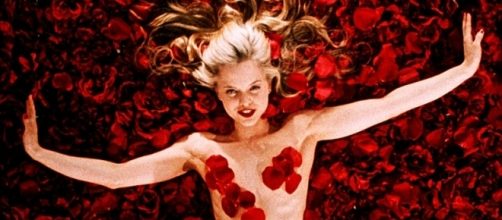After a stunning moment in which the wrong winner was announced for Best Picture at this year’s Academy Awards, “Moonlight” was announced as the true victor. “Moonlight” was also the most critically successful film of the year with a 98% score on Rotten Tomatoes, but what you might not realise is that this is rarely the case, and this is why Best Picture winners are often so polarising to critics and audiences alike.
“Moonlight” happens to be a Best Picture winner that most people agree with, but it hasn’t always been like that, especially with the infamous case of “Crash” in 2005, where most critics agreed that “Brokeback Mountain” was the finer film.
So, let’s take a look back over the past two decades at the films that won Best Picture and the films that got the best reviews (they almost never match up).
Academy voters and critics rarely see eye-to-eye on the best film of the year
In 2015, the overrated Catholic Church sex abuse scandal drama “Spotlight” (which had so frustratingly little to do with the actual scandal) won Best Picture, but it was fellow nominee “Mad Max: Fury Road” which had the best reviews (97% on RT). In 2014, “Birdman” won, and it was a controversial choice given that it’s a strange absurdist comedy while the Academy usually skews straight drama, like “Boyhood,” which got the best reviews of that year (98%). In 2013, “12 Years a Slave” won, but “Gravity” had the best reviews (96%).
In 2012, the Best Picture winner and the best reviews did match up, with “Argo” receiving both the award and a 96% approval rating on RT. In 2011, the final “Harry Potter” film had the best reviews (96%) over Best Picture winner “The Artist,” which was silent and in black-and-white, so the Academy went nuts.
“Toy Story 3” had 2010’s best reviews with a near-perfect 99% score, but “The King’s Speech” won Best Picture. “Up” had 2009’s best reviews with 98%, but “The Hurt Locker” won. “The Wrestler” was most critically acclaimed in 2008 (98%), but the more racially diverse “Slumdog Millionaire” won. “Ratatouille” had 2007’s best reviews with 96% (a lot of Pixar movies taking home the best reviews), while the more solemn and mature “No Country for Old Men” won the award.
It appears to be awards bait chosen over popcorn movies
The Oscar voters seem to be scared of popcorn movie blockbusters, as they need to protect their integrity by voting for a movie like “The Departed” in 2006 instead of the better-received “James Bond” film “Casino Royale” (95%). In 2005, the critics agreed that Best Picture winner “Crash” was not the best film of the year, but instead “Murderball” (98%), and in 2004, it was another Pixar with “The Incredibles” (97%) over “Million Dollar Baby.”
In 2003, a popcorn movie did win Best Picture: “Lord of the Rings: Return of the King.” But it wasn’t even the best-reviewed popcorn movie, as “Finding Nemo” (99%) did better with critics. This came a year after “Chicago” beat the predecessor to “Return of the King,” “The Two Towers” (96%) and perhaps the Academy was trying to redeem itself.
“A Beautiful Mind” won Best Picture over yet another overlooked Pixar masterpiece, “Monsters, Inc.” (96%) in 2001, and “Gladiator” beat “Chicken Run” (97%) in 2000. See, now it looks like the Academy’s bias is against animation. In 1999, “American Beauty” won Best Picture when another Pixar film, “Toy Story 2,” had a perfect 100% score. Not a single critic in the world thought that “Toy Story 2” was anything less than a masterpiece, and it was still beaten by awards bait. In 1998, “Shakespeare in Love” beat Jim Carrey’s brilliant “The Truman Show” (94%), and last but not least, in 1997, the most popular movie ever at the time “Titanic” beat “LA Confidential,” whose RT score is a near-perfect 99%. Where’s the justice? Everyone agrees these are the real best pictures.

